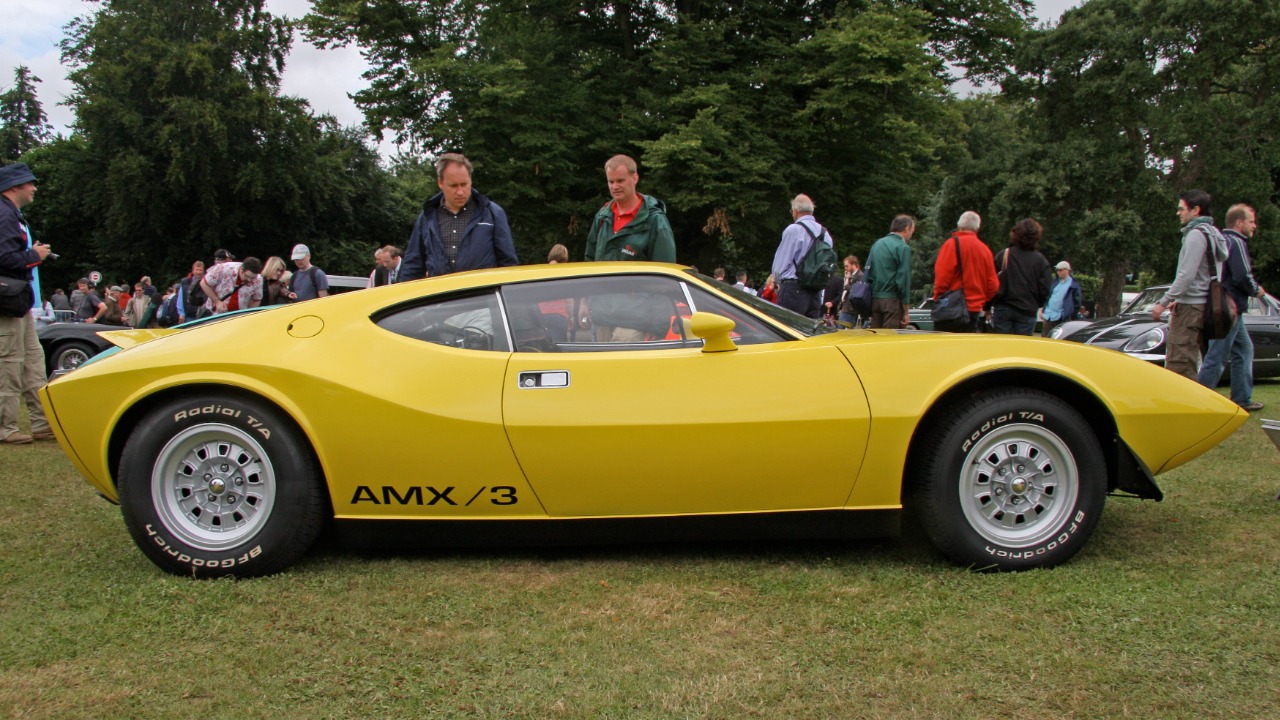
The AMC AMX/3, a supercar developed by American Motors Corporation (AMC) during the late 1960s and early ’70s, was a marvel of its time. Despite its innovative design and high performance, only six models were ever produced due to financial constraints and market conditions.
The Birth of the AMC AMX/3
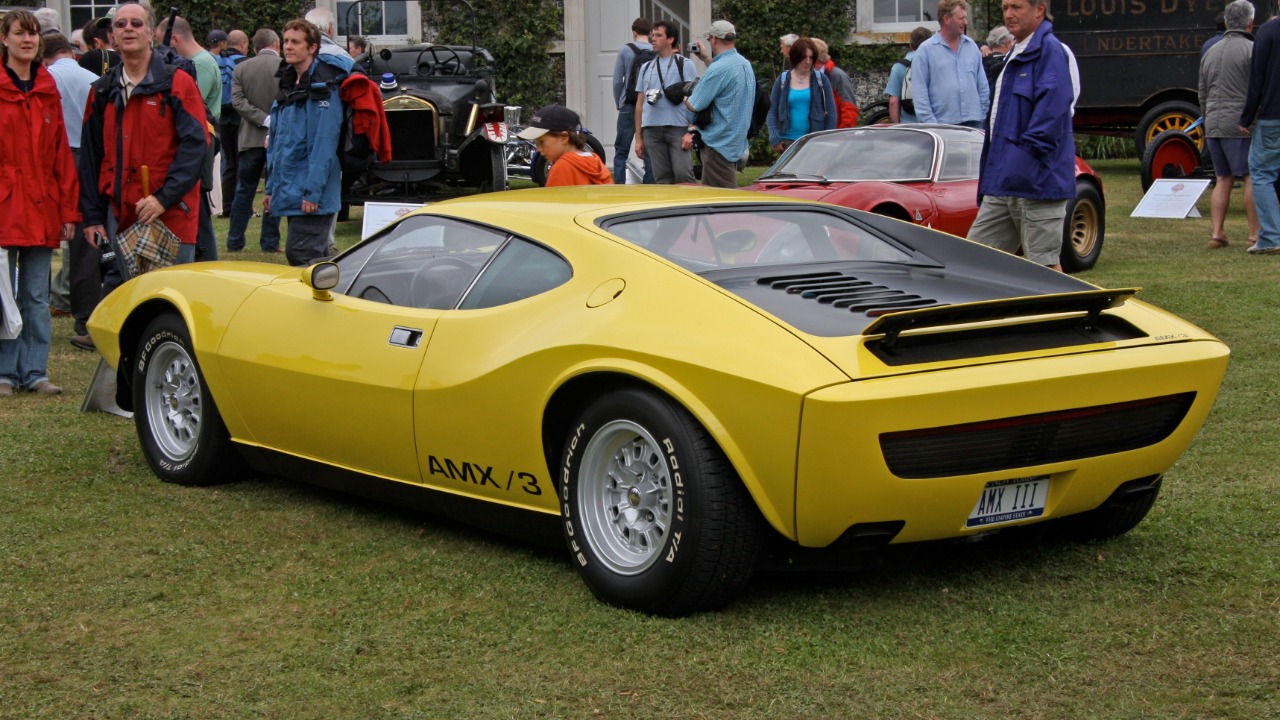
The decision by AMC to develop a high-performance supercar led to the creation of the AMX/3. This bold move was a testament to the company’s commitment to innovation and performance, even in the face of financial challenges.
The AMX/3 was the brainchild of renowned automotive designer Dick Teague. His vision for the car emphasized ground-breaking aesthetics and aerodynamics, setting it apart from other vehicles of the era. The design process also involved a collaboration with Italian engineering firm Giotto Bizzarrini, which played a crucial role in the development and testing of the AMX/3 prototype.
AMC’s decision to venture into the supercar market was a bold one, given the company’s financial situation at the time. The AMX/3 project was initiated in 1968, a time when the American automotive industry was dominated by muscle cars. The AMX/3 was AMC’s attempt to break into the high-performance sports car market, which was largely dominated by European manufacturers.
Teague’s design for the AMX/3 was revolutionary, featuring a low, wide stance and a sleek, aerodynamic profile. The car’s design was further refined by Bizzarrini, who brought his extensive experience in sports car design to the project. The AMX/3’s design was finalized in 1969, and the first prototype was built in Italy in early 1970. The car’s striking design and impressive performance specifications generated significant excitement in the automotive press.
The AMX/3’s Innovative Features and Performance
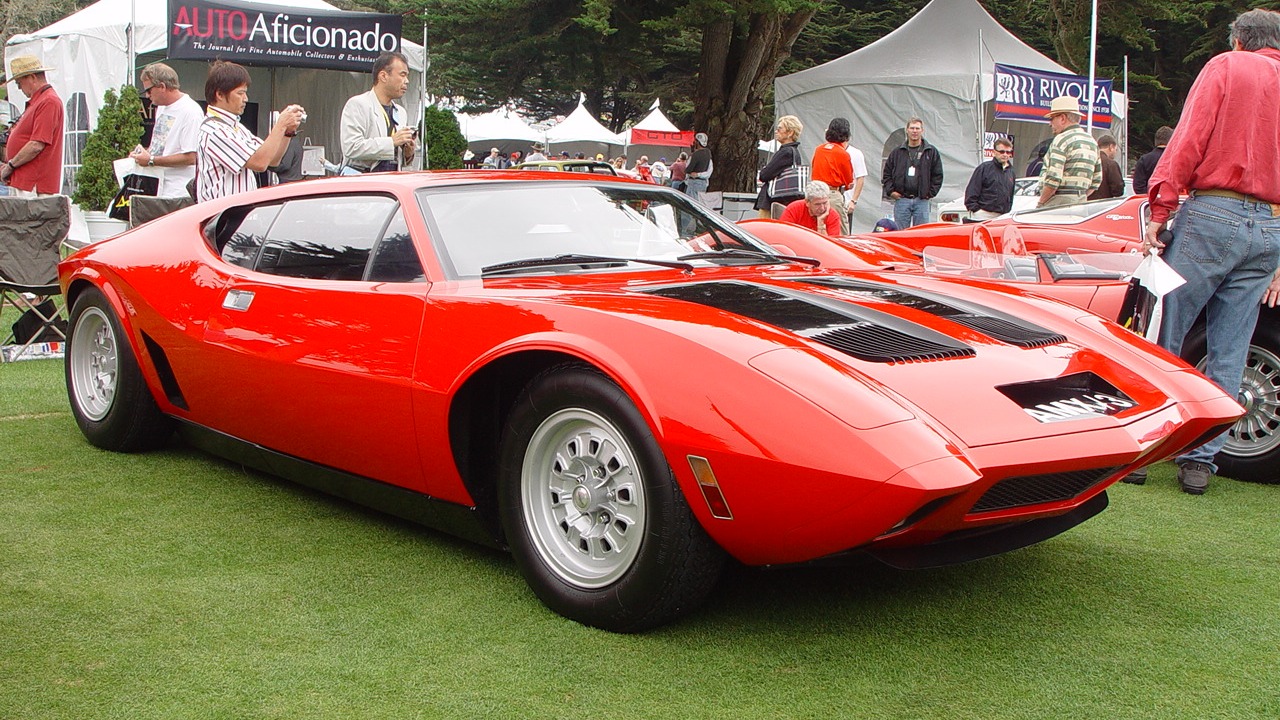
One of the most advanced features of the AMX/3 was its mid-engine layout. This design choice was ahead of its time, and it contributed significantly to the car’s impressive performance metrics. The AMX/3 boasted a top speed of 170 mph and could accelerate from 0-60 mph in less than 5 seconds, making it a true supercar by any standard.
The AMX/3 was not just about performance, though. It also featured high-quality materials and components, such as an all-steel body and BMW-sourced disc brakes. These features further enhanced the car’s performance and durability, making it a truly exceptional vehicle.
The AMX/3’s mid-engine layout was a significant departure from the front-engine designs common in American cars at the time. This design choice allowed for better weight distribution, which improved handling and stability at high speeds. The car’s engine, a 390 cubic inch (6.4 liter) AMC V8, was mounted behind the passenger compartment, and it delivered 340 horsepower, which was quite impressive for the time.
The AMX/3’s combination of advanced design, high-quality components, and impressive performance made it a standout in the early ’70s supercar market.
Why Only Six AMX/3s Were Ever Made
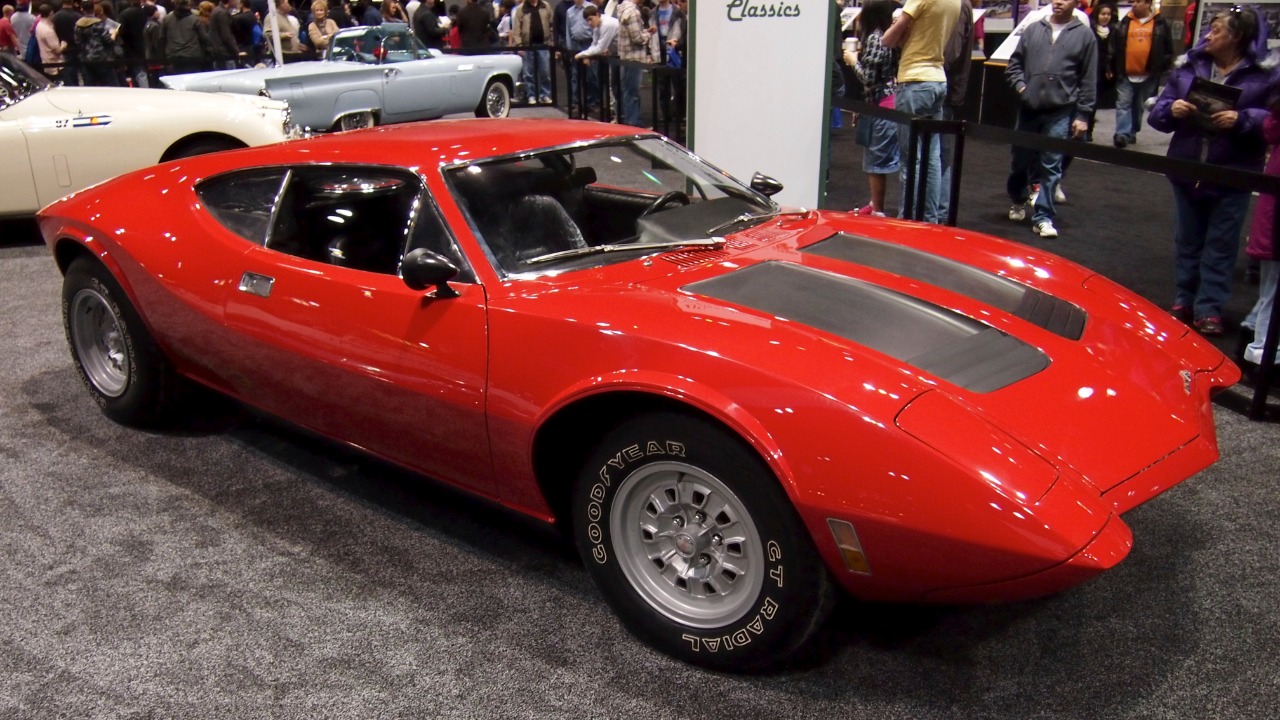
The early ’70s were a challenging time for AMC. Financial difficulties hampered the company’s operations, and this had a direct impact on the production of the AMX/3. Despite the car’s impressive features and performance, AMC simply could not afford to produce it in large numbers.
Another factor that limited the production of the AMX/3 was the introduction of new safety regulations. These rules affected the feasibility of the car’s design, making it even more difficult for AMC to mass-produce the vehicle. Furthermore, the high production cost of each AMX/3 limited its market prospects, further contributing to the decision to halt production after only six models were made.
AMC’s financial difficulties in the early ’70s were a major obstacle to the AMX/3 project. The company was struggling with declining sales and increasing costs, and the development and production of a high-performance supercar was a significant financial burden. Despite the car’s potential, AMC was forced to make tough decisions to ensure the company’s survival, and the AMX/3 project was one of the casualties.
The introduction of new safety regulations in the early ’70s also played a role in the AMX/3’s limited production. The car’s design, while innovative and attractive, did not easily conform to these new rules. The cost of redesigning the car to meet these regulations, combined with the high production cost of each AMX/3, made the project financially unfeasible. As a result, AMC made the difficult decision to halt production after only six models were made.
The Legacy of the AMC AMX/3
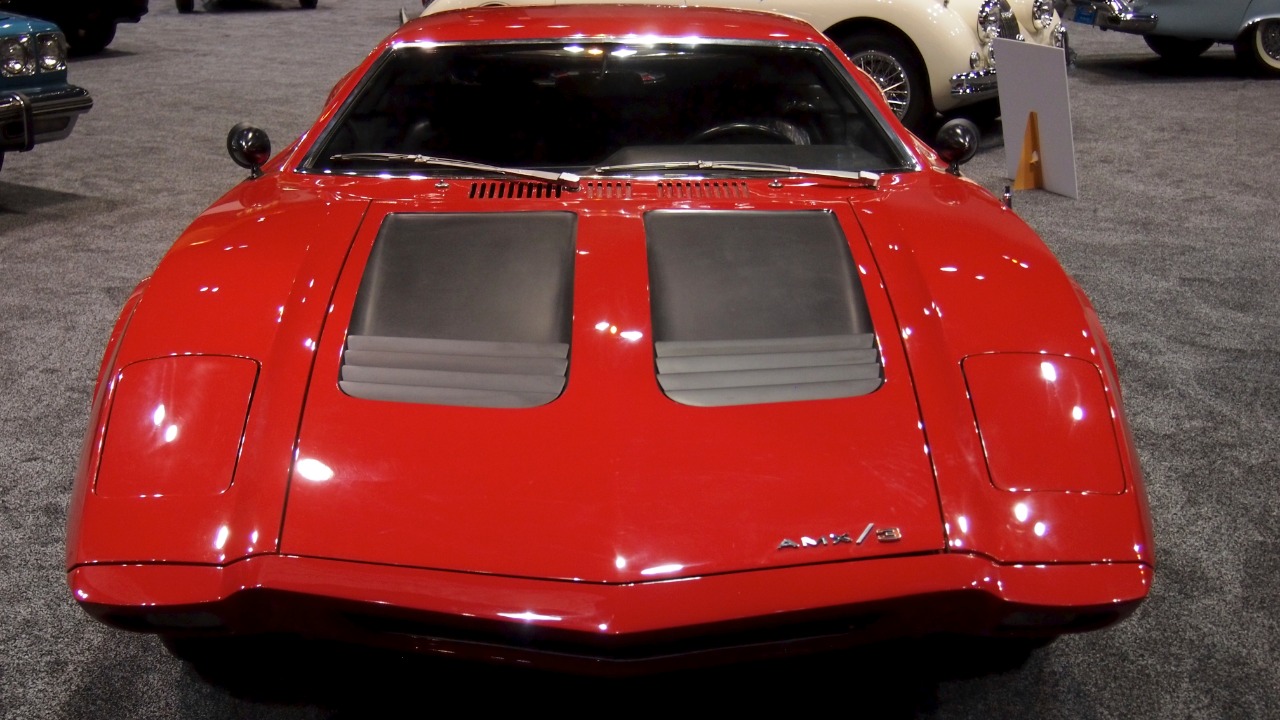
Despite its short production run, the AMX/3 left a lasting legacy in the automobile world. The six produced AMX/3s are now considered classic and coveted collector’s items, and their current whereabouts and condition are of great interest to car enthusiasts.
The AMX/3 also had a significant influence on the design of future sports cars. Its innovative features and performance set a high standard for other manufacturers to follow, and its influence can still be seen in many modern supercars. The AMX/3 may have been too advanced for the ’70s, but its legacy lives on in the cars it inspired.
The AMX/3’s influence extends beyond the six cars that were produced. The car’s innovative design and high performance set a new standard for American sports cars, and it inspired a number of other manufacturers to explore mid-engine designs and other advanced features. The AMX/3’s legacy can be seen in a number of sports cars that followed, including some models from major manufacturers.
Today, the AMX/3 is a highly sought-after collector’s item. The six cars that were produced are considered to be among the most valuable and desirable American cars of the era. The AMX/3’s rarity, combined with its innovative design and high performance, make it a true classic. Despite its short production run, the AMX/3’s impact on the automotive world is undeniable.